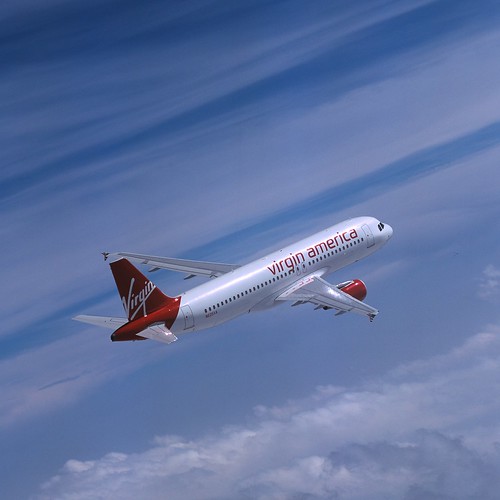Airline Industry Targeting Carbon-Neutral Growth By 2020
(Source: Business Standard & Green Car Congress)
The international airline industry is committed to achieving carbon-neutral growth by 2020, said Giovanni Bisignani, IATA’s Director General and CEO in his State of the Industry address at the 65th IATA Annual General Meeting and World Air Transport Summit in Kuala Lumpur.
Two years ago we set a vision to achieve carbon-neutral growth on the way to a carbon-free future. Today we have taken a major step forward by committing to a global cap on our emissions in 2020. After this date, aviation’s emissions will not grow even as demand increases. Airlines are the first global industry to make such a bold commitment.
—Giovanni Bisignani
The commitment to carbon-neutral growth completes a set of three sequential goals for air transport: (1) a 1.5% average annual improvement in fuel efficiency from 2009 to 2020; (2) carbon-neutral growth from 2020 and (3) a 50% absolute reduction in carbon emissions by 2050.
To achieve these goals, the air transport industry is focusing on a cross-industry four-pillar strategy on climate change consisting of improved technology; effective operations; efficient infrastructure; and positive economic measures.
In 2009 the carbon footprint of air transport is expected to shrink by 7%. Of this, 5% is due to the recession and 2% is directly related to efficiency gains.
Bisignani said a cross industry four-pillar strategy on climate change focused on improved technology, effective operations, efficient infrastructure and positive economic measures was delivering results noting that in 2009 the carbon footprint of air transport was expected to shrink by 7 per cent.
Bisignani attributed 5 per cent to the recession and 2 per cent to efficiency gains from IATA’s four-pillar strategy.
“No other industry is as united and no other industry can point to such good results and progress,” Bisignani claimed. He noted that the airlines’ commitment needed to be matched by governments. “We are ambitious, but our success will be contingent on governments acting effectively.”
“International Civil Aviation Organisation (ICAO) must set binding carbon emissions standards on manufacturers for new aircraft. A legal and fiscal framework to support the availability of sustainable biofuels must be established.
“Governments must work with air navigation service providers to push forward major infrastructure projects such as a Single European Sky, NextGen in the US or fixing the Pearl River Delta in China,” Bisignani added.



.jpg)







